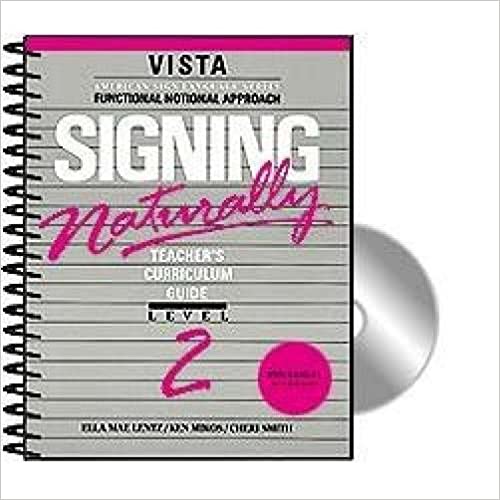Description
Signing Naturally is based on the functional-notational approach to teaching and learning language. This approach organizes language around communicative purposes of everyday interaction. These communicative purposes can be expressed as functions, such as asking for and giving information, making requests, giving directions, agreeing and disagreeing, expressing likes and dislikes, and so on.
Functions that help students establish and maintain interpersonal relationships are introduced throughout the series, beginning with functions most immediately applicable to themselves and their classroom environment. As the series progresses and the student’s language skills increase, previously presented functions are recycled using more complex language and new functions are introduced. The grammatical structures presented are related to the functions in each unit.
Activities are varied to allow students to use different learning strategies to master what they have learned. Role play, used to contextualize and give meaning to the specific functions, presents students with common deaf-hearing situations and allows them to rehearse the appropriate social/language responses.
Cheri Smith, Ella Mae Lentz and Ken Mikos, authors
Published by Dawn Sign Press1`
 Official Government Website
Official Government Website
